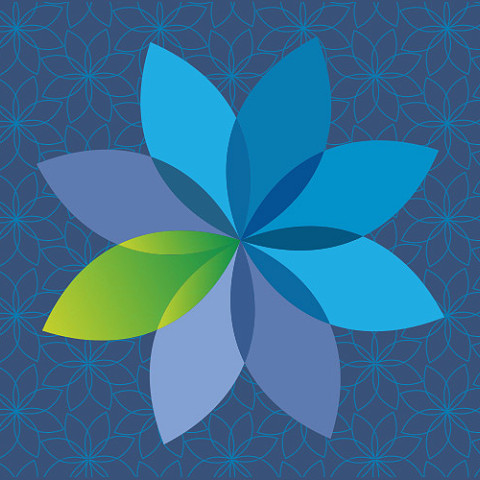Categories:

Health Literacy: How Mobile Can Help Make Content Accessible to All Consumers
Health literacy has been defined as “the degree to which an individual has the capacity to obtain, communicate, process, and understand basic health information and services to make appropriate health decisions.” Nearly 36 percent of adults in the U.S. have low health literacy. But health literacy is about so much more than reading grade level. Social and cultural factors also play a big role, and health literacy can vary depending on an individual’s circumstances.
For example, health literacy level goes down when people get worried or upset about their health or when information or decision making is complex or unfamiliar. According to the Office of Disease Prevention and Health Promotion’s HealthyPeople.gov initiative, a number of factors may influence an individual’s health literacy, including living in poverty, education, race/ethnicity, age, and disability.
Uninsured and publicly insured (e.g., Medicaid) individuals are at higher risk of having low health literacy. People with low health literacy have higher medical costs, increased ER visits and hospital admissions, and decreased access to health care. People with low functional health literacy are less likely to:
- Understand written and oral information given by healthcare providers
- Act upon necessary procedures and directions such as medication and appointment schedules
- Be able to navigate the health system to obtain needed services
- And because of the shame associated with low health literacy, they are less likely to try
How Does Health Literacy Impact Pregnancy?
Low health literacy can have serious implications for pregnant moms. The Department of Health and Human Services’ (HHS) Quick Guide to Health Literacy says that individuals with limited health literacy skills are more likely to:
- Skip important preventive measures such as mammograms, Pap smears, and flu shots
- Have chronic conditions and manage them less effectively
- Have more preventable hospital visits and admissions
- Have a higher rate of hospitalization and use of emergency services
Women with low health literacy were less likely to have received preconception counseling with an obstetric provider (13% vs. 43%) and were more likely to initiate prenatal care at a later gestational age (12.8 weeks vs. 8.3 weeks). An increased proportion of women with limited health literacy reported missed prenatal care appointments.
Health literacy also appears to be related to certain obstetric health behaviors, such as prenatal vitamin use and breastfeeding. Women with low health literacy were more likely to suffer from depression during pregnancy and at 6 weeks postpartum. When a mom isn’t seeking the information and care she needs, it impacts her health and that of her baby.
What Is Our Role as Healthcare Organizations?
The U.S. public health initiative National Action Plan to Improve Health Literacy states: “The skills of individuals are an important part of health literacy, but health literacy is not only about individuals’ skills…the skills of health professionals, the media, and government and private sector agencies to provide health information in a manner appropriate for their audiences are as equally important as an individual’s skills.”
The goal is to meet moms where they are, providing content and education they can easily access, understand and act upon. This means not only using “plain language”, but ensuring that our communications are easy to use and incorporate the latest learning science.
What Mobile Can Do to Bridge the Gap
With its ability to integrate a variety of interactive, targeted tools, mobile has a distinct advantage over other types of communications for addressing the problem of health literacy. According to a study by Digitas Health, those who use mHealth tools are more engaged in health, and mHealth users are more likely to follow physicians’ advice and be more proactive about health treatment.
We can help remove the barriers of low health literacy by developing intelligent mobile tools that:
- Incorporate human-centered language and design
- Simplify navigation to content and educational resources
- Improve readability while maintaining accessibility standards
- Deliver personalized, relevant, culturally appropriate content
- Integrate graphs and other visuals
- Enhance health tracking capabilities
- Seamlessly integrate with providers, plans and EHRs
- Connect with other digital tools
At Wildflower, we think it’s important to make content and education accessible to all consumers, irrespective of literacy levels. To find out more about our philosophy of engagement, contact us today.
